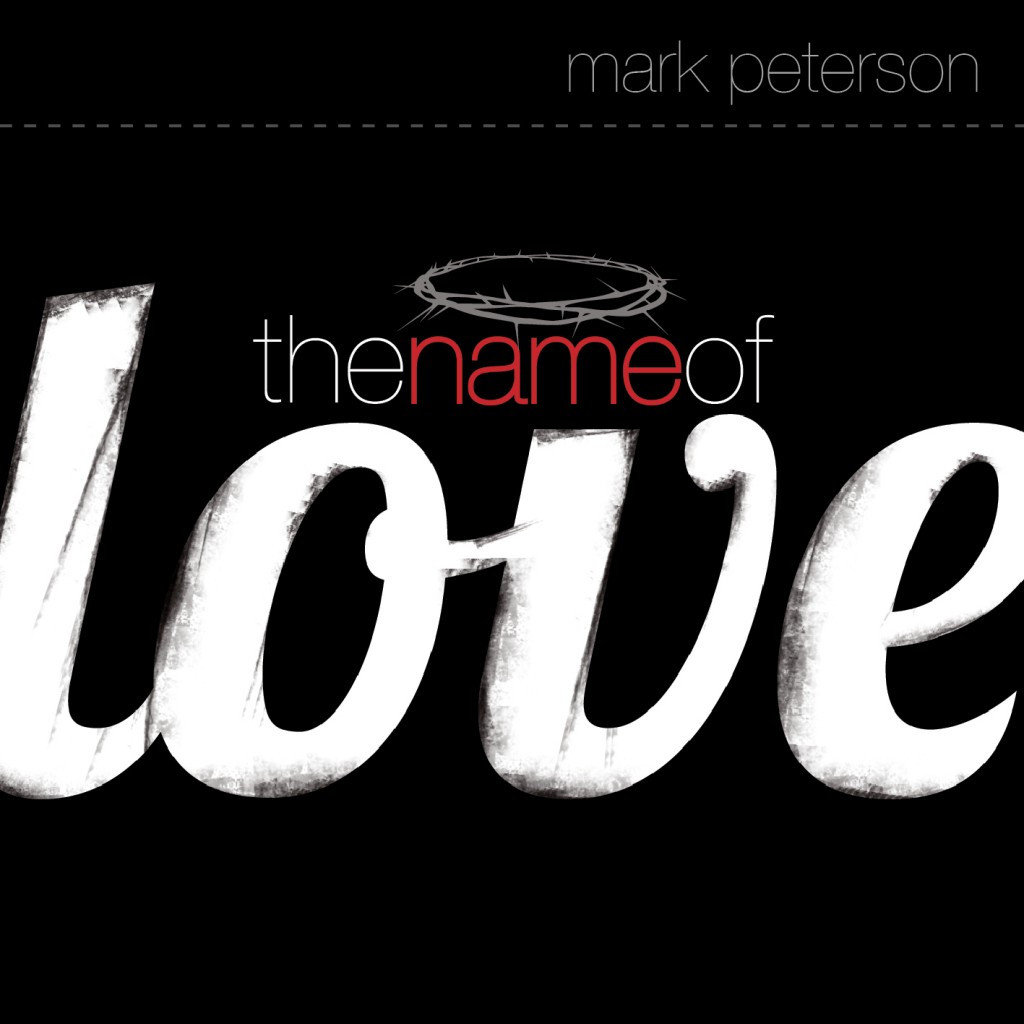Revelation Music is an initiative of the Trinity Network of Churches based here in Adelaide. I’m the music minister of Holy Trinity Adelaide, which is the main planting church within our network.
It’s been wonderful to see God’s blessing on our city over the last decade or so (I’ve only been here 8 years), with growth to a network of 6 centres or campuses, with 12 gatherings every Sunday, and about 2000 people gathering to hear the word and respond with faith, joy and obedience.
Over this time of growth, it has become obvious to me that a music conference was essential to enable us to move forward with common goals in music ministry, given that the churches in our network operate largely independently of each other, and yet we desire to maintain a common ethos.
So we started Revelation Music and Ministry Conference in 2011, with my father (David Peterson – author of “Engaging with God”) as the main speaker, and Geoff Bullock and Nicky Chiswell as the guest artists. The conference was opened up to those outside the Trinity network, and we’ve never looked back.
We then had an enormously successful follow-up conference in 2012 with Peter Adam as the main speaker, and Nathan Tasker and Garage Hymnal as the guest artists.
Well in 2013, Revelation is in an expansion phase. We want to be more than a conference – we want to be a community of people sharing together in music ministry. This will be a community based on the sharing of resources and ideas: whether songs or recordings, tips from old hands or from up and coming musicians, training courses, a growing web resource, and of course Revelation conference, which will now run once every two years around September.
In view of this expansion, our team has come up with a vision statement that I think will help people to see what we’re trying to do.
Vision: That as God’s people encounter him together, they praise him in a Biblically derived way with vitality, strengthening one another by singing and making melody in their hearts to the Lord (See Eph 5:18-20), and that seeing this, non-Christians come to faith.
There are 4 aspects worth highlighting:
- We want to focus on the times when God’s people get together.
- We believe in a response of praise that is Biblically based and full of vitality.
- Our singing addresses each other and God, the crucial two-sides-of-the-coin approach of key New Testament verses such as Colossian 3:16 and Ephesians 5:18-20.
- Our singing has an evangelistic edge: there are always non-believers in our midst, and we want our music to be infectiously engaging for them too.
Well, this is what we think is important for us to aim for in our music. There’s much more flesh to put on those bones, but it’s a start. I’d love your thoughts.
Mark

 The Name of Love is my 4th solo album, pulling together a bunch of songs I’ve been singing in my own church Holy Trinity Adelaide over the last 2 years, some my own writing and some contemporary band arrangements of a few of my favourite ancient hymns.
The Name of Love is my 4th solo album, pulling together a bunch of songs I’ve been singing in my own church Holy Trinity Adelaide over the last 2 years, some my own writing and some contemporary band arrangements of a few of my favourite ancient hymns.